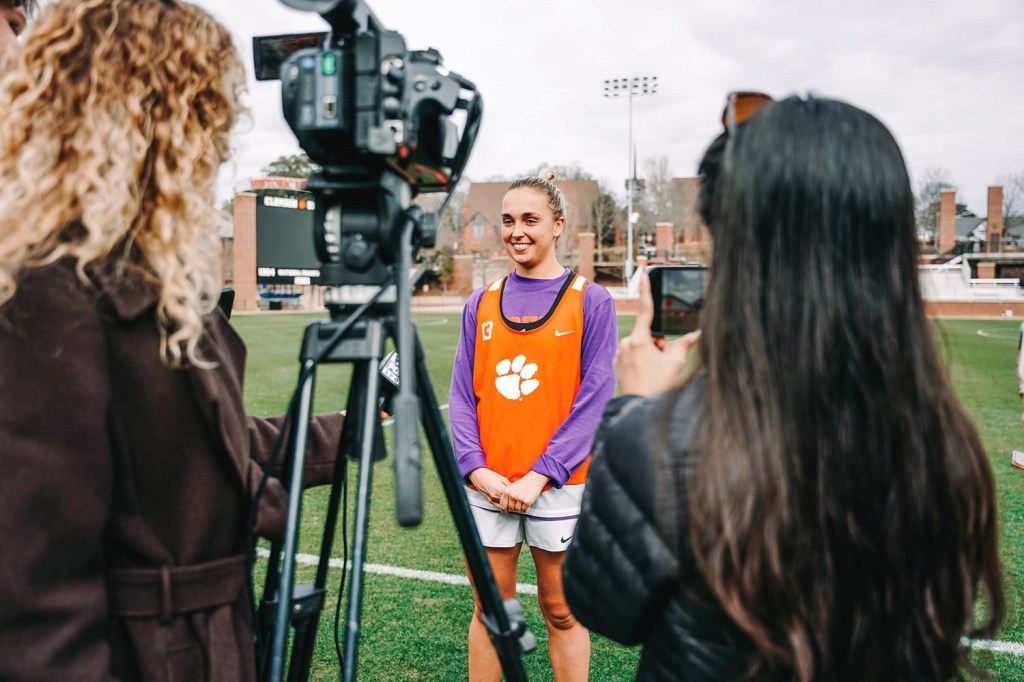
Earlier this month, D.C. United opened Audi Field, their new state-of-the-art stadium designed to usher the club into a new chapter in their history and change the fan experience at games.
Mike Schoenbrun, D.C. United’s chief revenue officer, has had a front-row seat to the stadium project and is excited about the potential it has to take the club to the next level.
“You go from this antiquated old stadium at RFK Stadium that was great in the ‘70s and ‘80s, and it’s kind of outlived its usefulness — and then you go to this new stadium that is all about technology, experiential opportunities, great food and beverage, and it has evolved,” he explained.
[the_ad_group id=”948″]
While the change brings many positive things to the team and its fans, there was one slight problem. RFK Stadium, where the team played for 22 years, was originally a baseball stadium and as such, was designed for large crowds of 45,000. On average, D.C. United brought in 20,000 fans per game, which, while sizable, left nearly half the stadium empty.
As a result, the team adopted a unique and flexible policy for season-ticket holders that allowed them to exchange tickets for a game they weren’t able to make and exchange them to use as additional tickets (for friends and family) at a future game.
“It was an easy exchange policy and people loved it because you may not necessarily get the same seats but you can go with a larger group. It was great for us because it produced new fans for D.C. United and was a great sampling opportunity for us,” Schoenbrun said.
The new stadium, however, is designed for soccer and fits a soccer crowd — capping attendance at around 20,000. While the space will feel more authentic as a result, the flexible exchange policy no longer makes sense due to limited space.
“When you move into a stadium that will hit 20,000 seats, scarcity becomes a team’s friend, but not necessarily the friend of those who are using the exchange program,” admitted Schoenbrun. “What we want to do, obviously, is be a fan-first club and think about ways to make them happy and engaged and commit to that every single match. But we know that’s not always possible.”
Still, however, the club strove to find a replacement for the exchange program. D.C. United’s memberships services team reached out directly to a variety of season ticket holders to determine what was important to them. After several conversations, the conclusion was clear: they desired unique experiences. That is how Fan Allocation Money (FAM) was born.
The concept is based on Targeted Allocation Money (TAM), a unique MLS financial system where the league makes an investment into every team to help them afford players that have a higher salary than the league average. D.C. United’s allocation system, however, is designed for the fans.
In short, it’s a digital currency that allows fans to exchange the monetary value of their tickets for future opportunities within the given year.
There are several scenarios where this new system can come into play.
If you have a friend who can no longer attend a match with you, you can use the FAM money to upgrade yourself to a better seat or use it purchase food and beverage throughout the game.
Or, if you’re unable to attend the match at all, you can put the tickets back into the team’s portal, but you would still keep the value and could use it for a different experience, whether it be additional tickets for an upcoming match, food or beverage within the stadium, or other opportunities.
“We created programs that will really allow the fan to find equal value while not being able to attend the original match. They can exchange it for a future opportunity and people have been really receptive to that,” Schoenbrun said.
The exchange experience, he points out, is seamless and can be done entirely through the app.
Currently, in the American sports market, there are just a small percentage of teams that offer similar programs. A lot of it comes down to teams relationships with their fans and vendors. Levy, D.C. United’s concessions vendor, was willing to work with them on this unique program, something not all vendors are interested in doing.
Want more content like this? Subscribe to our daily newsletter!
A program like this is innovative and a great fit for soccer, a sport that has a strong millennial fan base. Putting power into fans’ own hands and allowing for flexible and unique experiences is something that is very important to the next generation of sports consumers.
As for the new stadium and the new app, Schoenbrun is excited.
“It’s going to be game-changing for us as an organization — but for soccer in D.C. as well.”

















